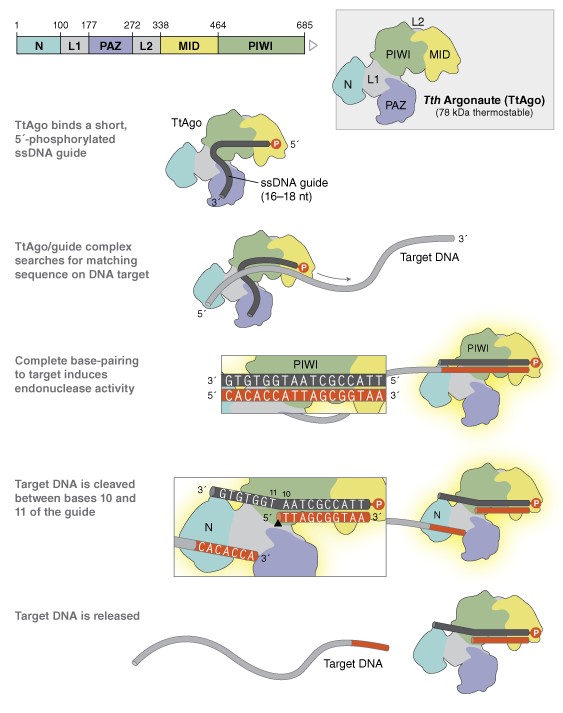Use of an oxonol dye in combination with confocal laser scanning microscopy to monitor damage to Staphylococcus aureus cells during colonisation of silver-coated vascular grafts
Authors: Strathmann M, Wingender J.
Journal: Int J Antimicrob Agents (2004): 234
Estimation of membrane potential deltapsi in reconstituted plasma membrane vesicles using a numerical model of oxonol VI distribution
Authors: Portele A, Lenz J, Hofer M.
Journal: J Bioenerg Biomembr (1997): 603
Membrane potential changes visualized in complete growth media through confocal laser scanning microscopy of bis-oxonol-loaded cells
Authors: Dall’Asta V, Gatti R, Orlandini G, Rossi PA, Rotoli BM, Sala R, Bussolati O, Gazzola GC.
Journal: Exp Cell Res (1997): 260
Rapid assessment of antibiotic effects on Escherichia coli by bis-(1,3-dibutylbarbituric acid) trimethine oxonol and flow cytometry
Authors: Jepras RI, Paul FE, Pearson SC, Wilkinson MJ.
Journal: Antimicrob Agents Chemother (1997): 2001
Muscarinic depolarization of SH-SY5Y human neuroblastoma cells as determined using oxonol V
Authors: Kukkonen JP, Hautala R, Akerman KE.
Journal: Neurosci Lett (1996): 57
An oxonol dye is the most potent known inhibitor of band 3-mediated anion exchange
Authors: Knauf PA, Law FY, Hahn K.
Journal: Am J Physiol (1995): C1073
Flow cytometric assessment of Escherichia coli and Salmonella typhimurium starvation-survival in seawater using rhodamine 123, propidium iodide, and oxonol
Authors: Lopez-Amoros R, Comas J, Vives-Rego J.
Journal: Appl Environ Microbiol (1995): 2521
Volume-activated chloride channels in HL-60 cells: potent inhibition by an oxonol dye
Authors: Arreola J, Hallows KR, Knauf PA.
Journal: Am J Physiol (1995): C1063
Anomalous response of oxonol-V to membrane potential in mitochondrial proton pumps
Authors: Ahmed I, Krishnamoorthy G.
Journal: Biochim Biophys Acta (1994): 131
Characterization of the steady-state and dynamic fluorescence properties of the potential-sensitive dye bis-(1,3-dibutylbarbituric acid)trimethine oxonol (Dibac4(3)) in model systems and cells
Authors: Epps DE, Wolfe ML, Groppi V.
Journal: Chem Phys Lipids (1994): 137













